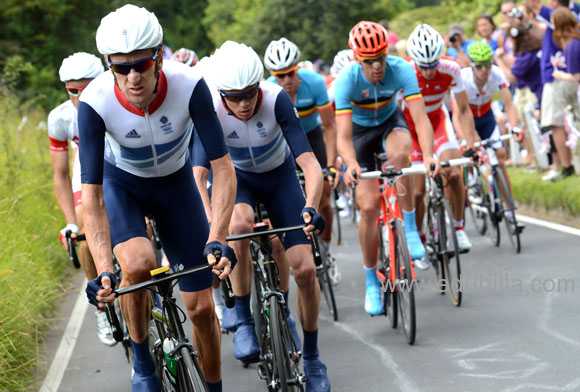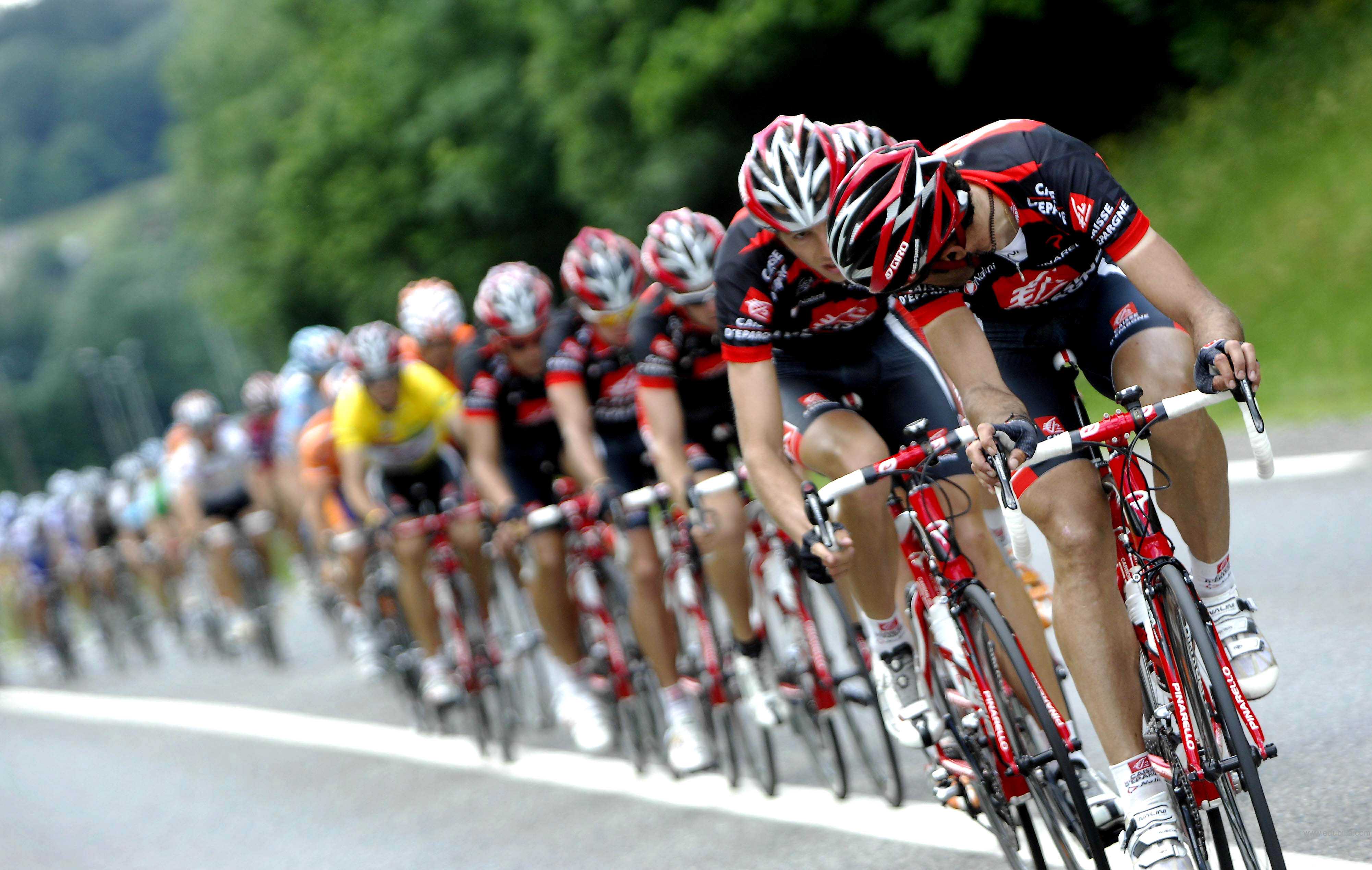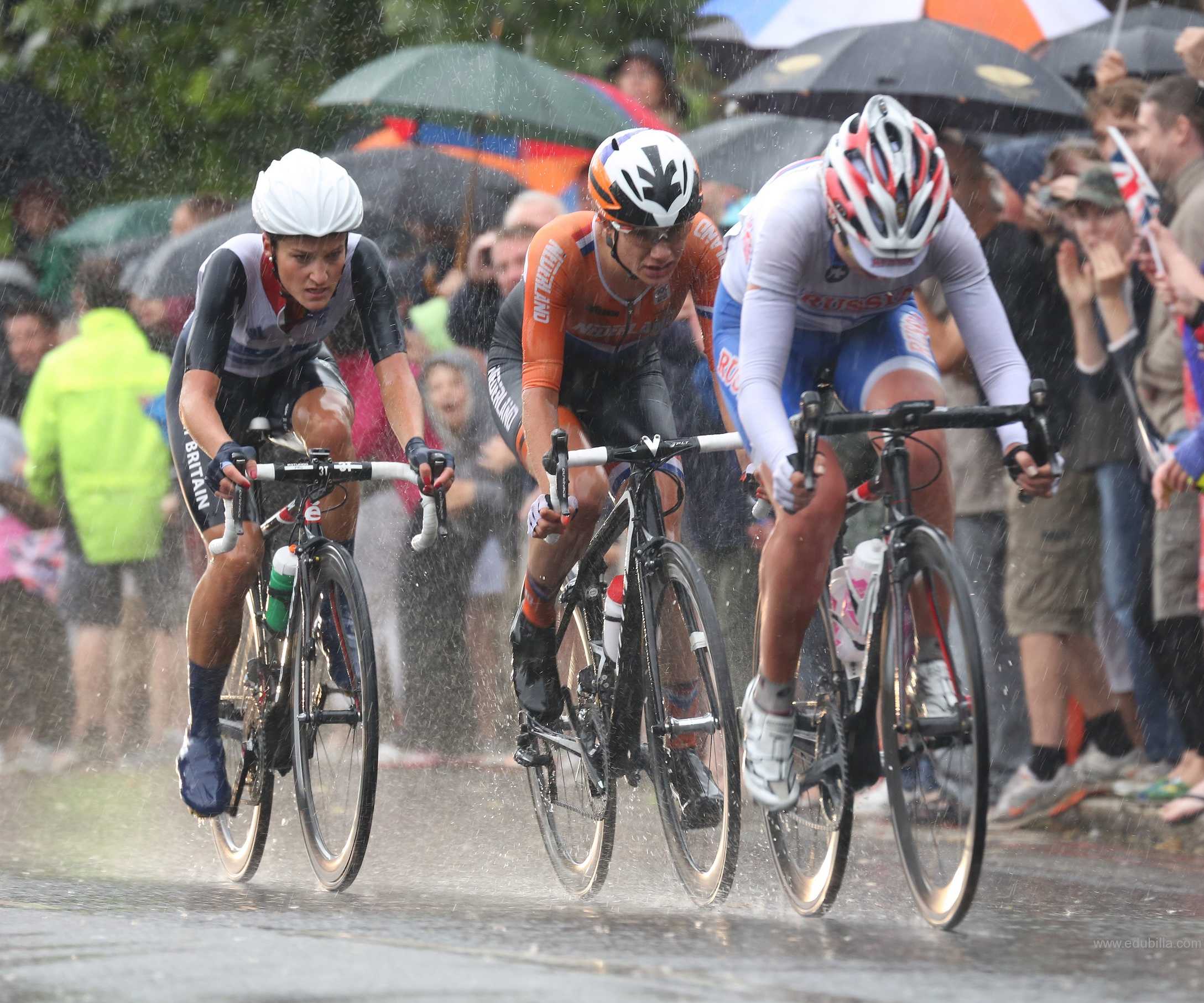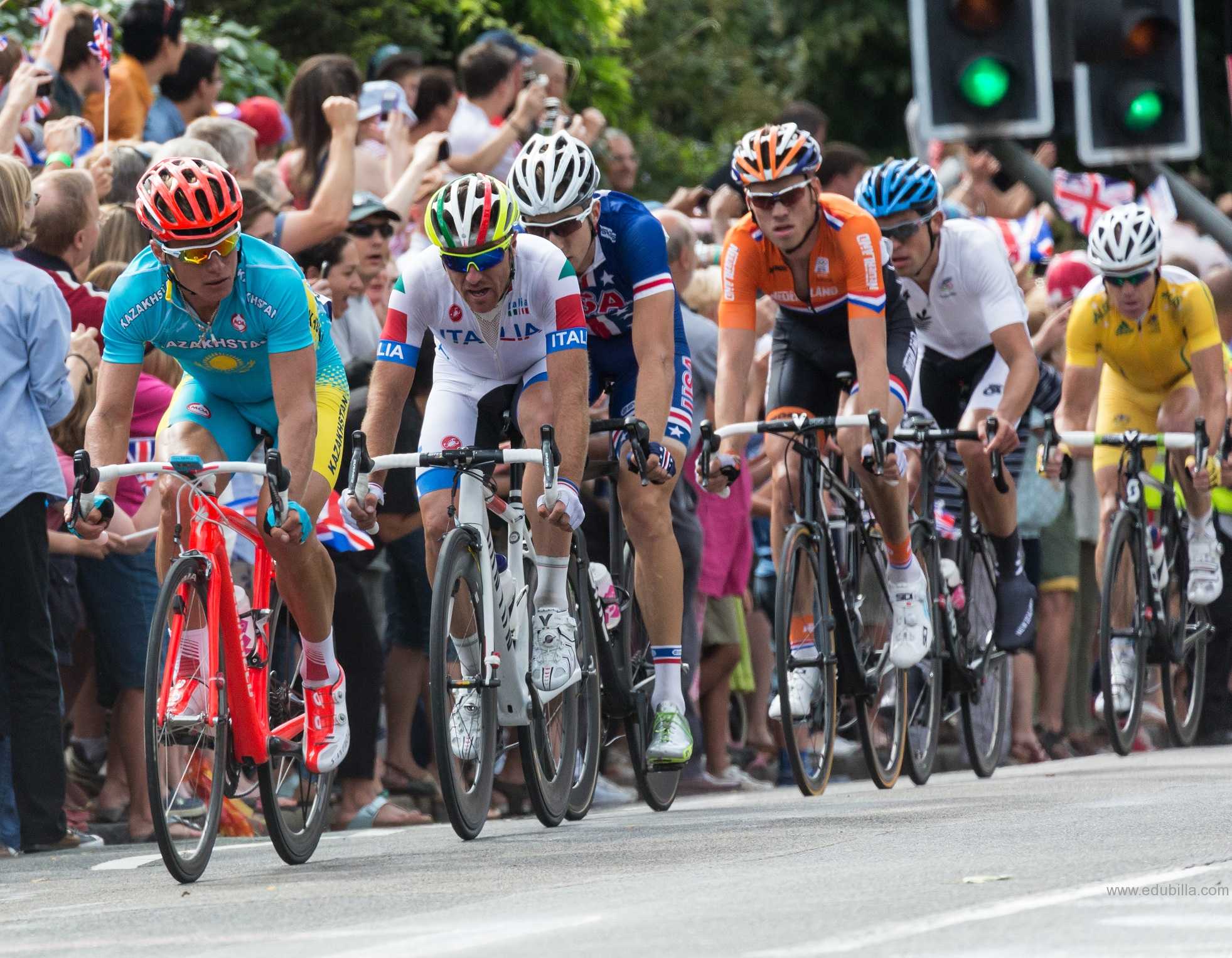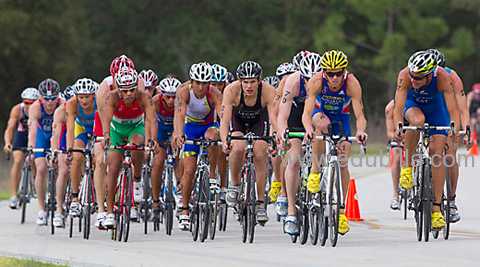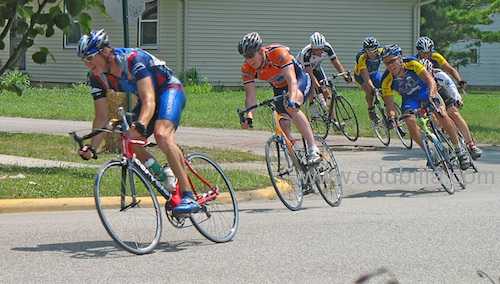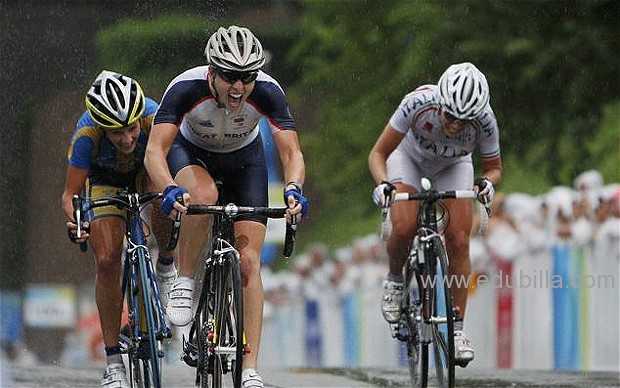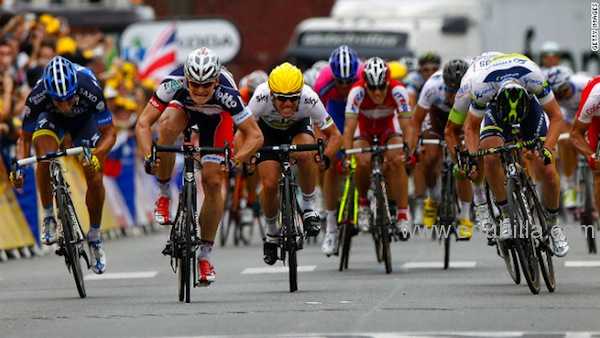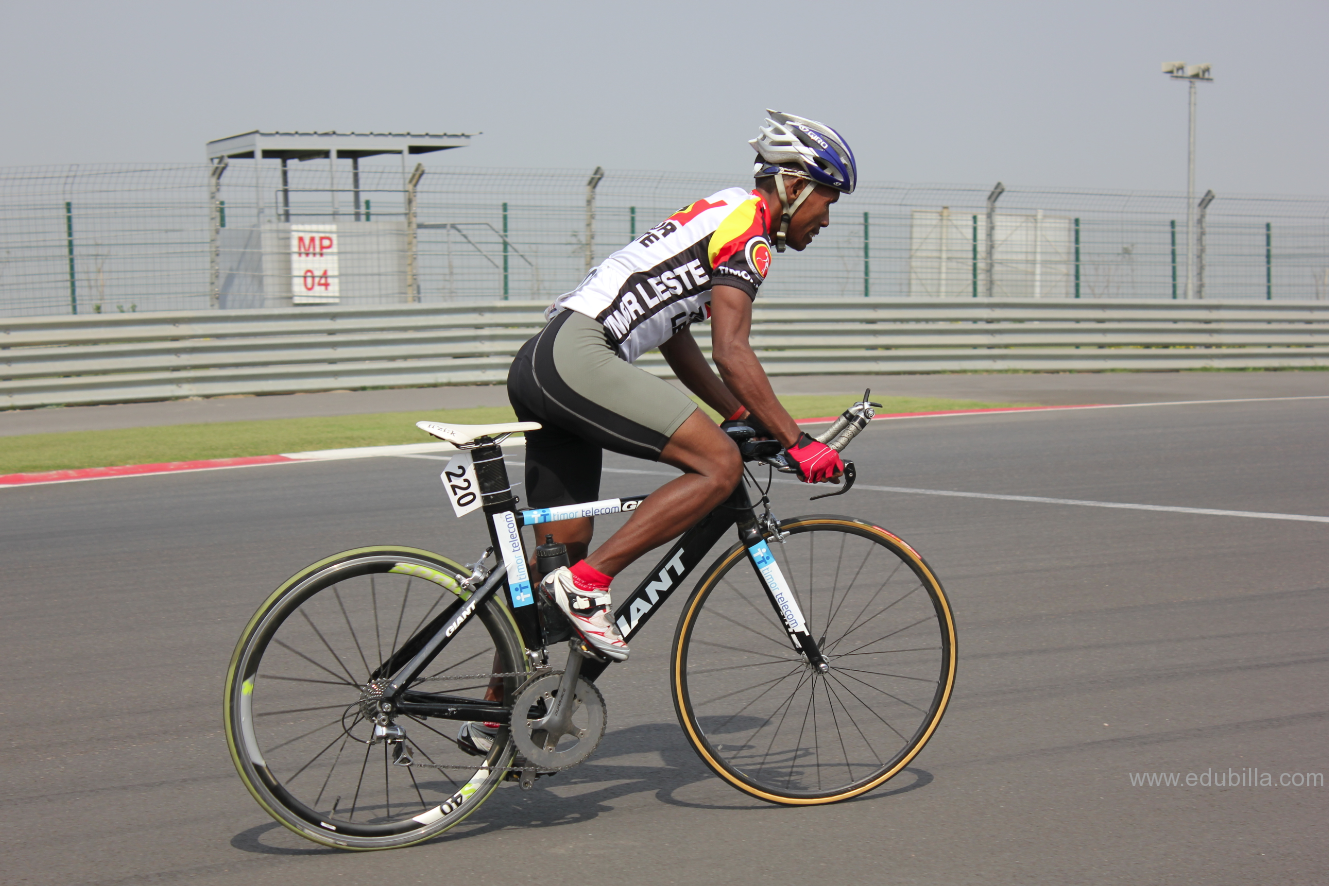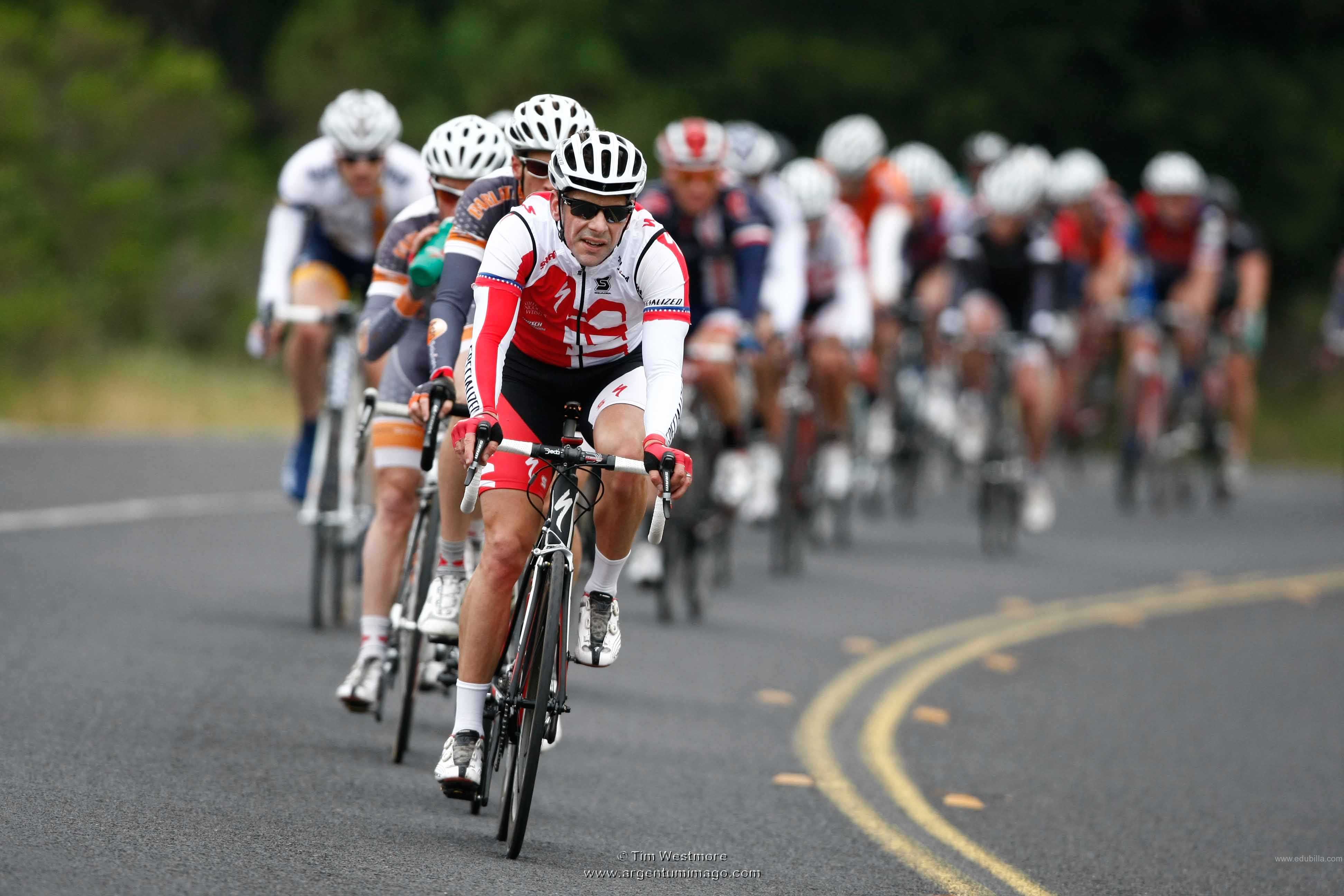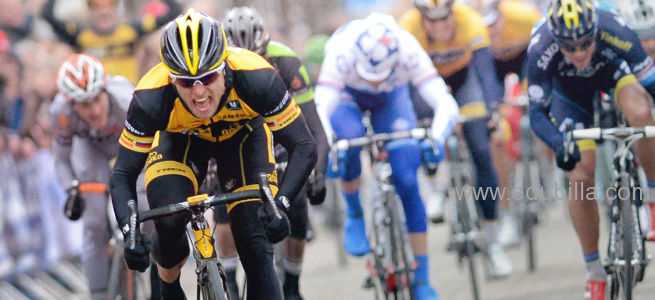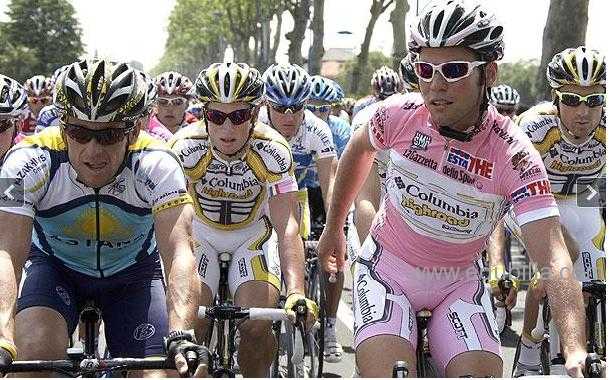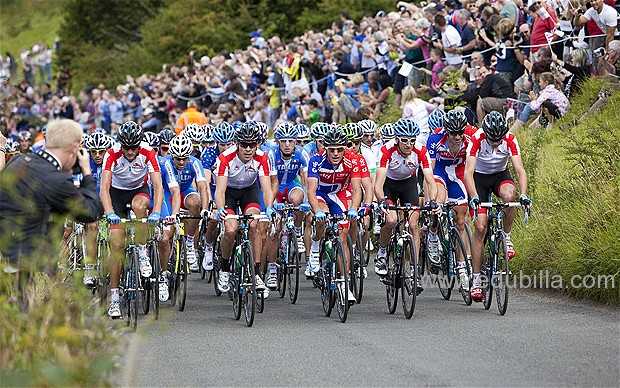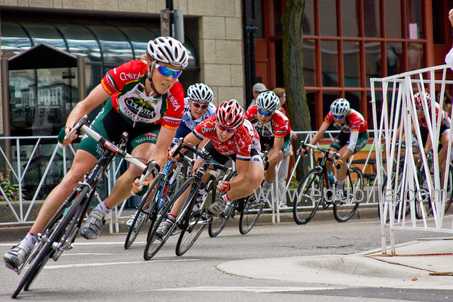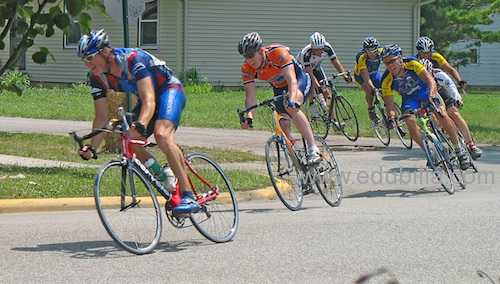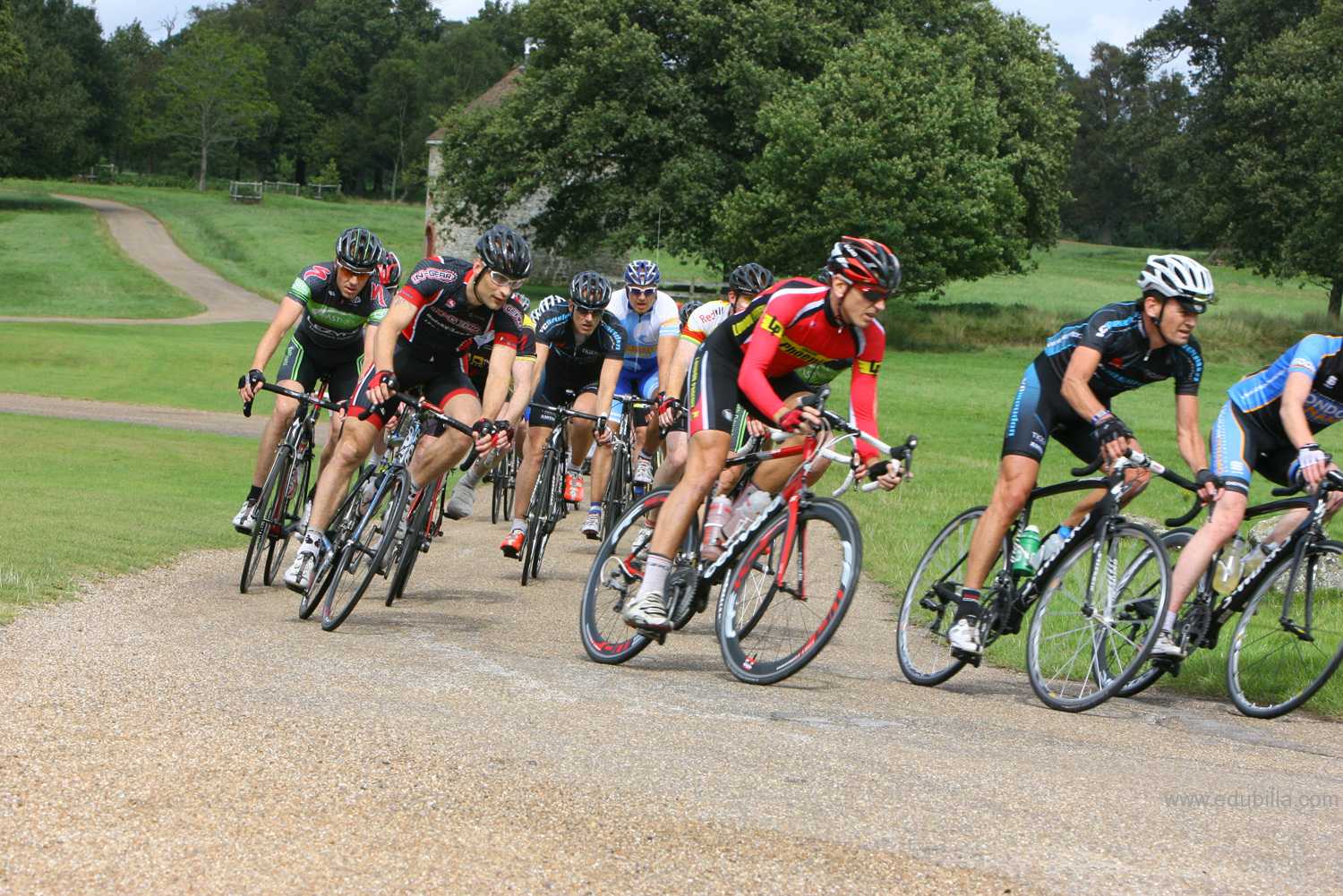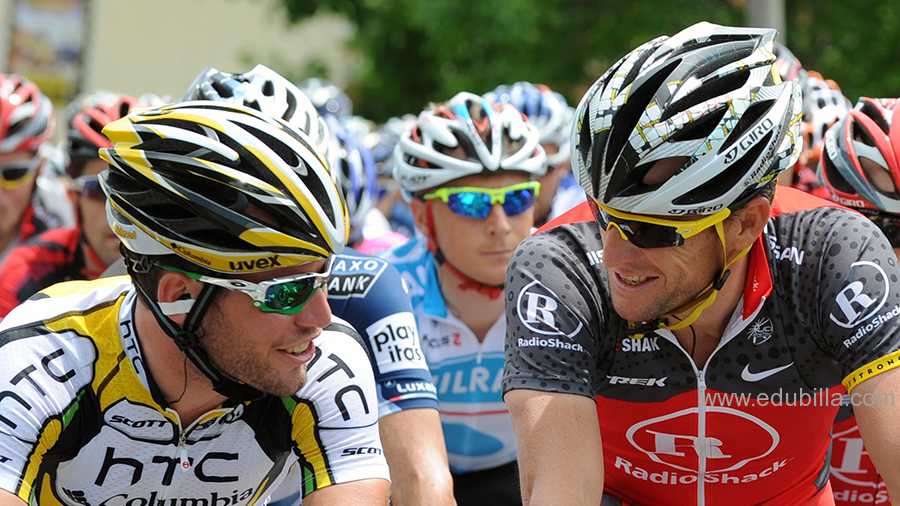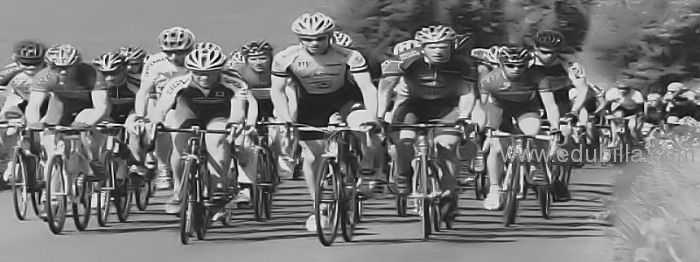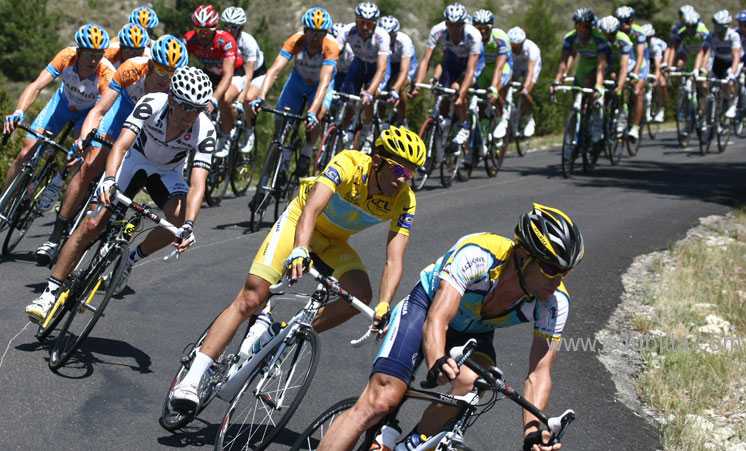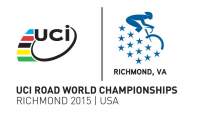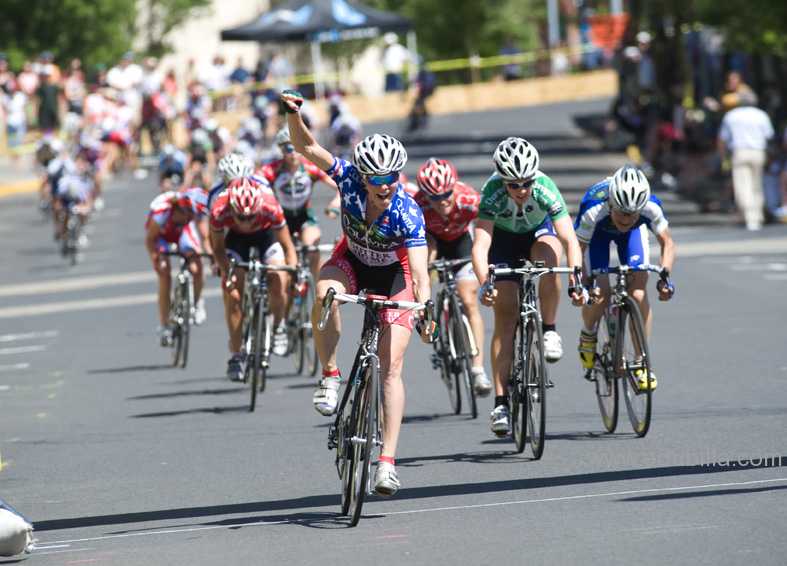
Overview Of Road Bicycle Racing
Road bicycle racing is a bicycle racing sport held on paved roads. The term "road racing" is usually applied to events where competing riders start simultaneously (unless riding a handicap event) with the winner being the first to the line at the end of the course (individual and team time trials are another form of cycle racing on roads). Road bikers are called "roadies" among one another.
Popularity:
Historically, the most competitive and devoted countries were Belgium, Colombia, Denmark, France, Germany, Italy, Luxembourg, the Netherlands, Portugal, Spain and Switzerland, however as the sport grows in popularity, countries such as Kazakhstan, Australia, Venezuela, Russia, Slovakia, South Africa, New Zealand, Norway, the United Kingdom, Ireland, Poland and the United States continue to produce world class cyclists.
The sport was popular in the western European countries of France, Spain, Belgium, and Italy. Some of Europe's earliest road bicycle races remain among the sport's biggest events. These early races include Liège–Bastogne–Liège (established 1892), Paris–Roubaix (1896), the Tour de France (1903), the Milan–San Remo and Giro di Lombardia (1905), the Giro d'Italia (1909) and the Tour of Flanders (1913).
Road Race Types:
- Single-day bicycle race
- Time trial
- Single-day nocturnal races
- Stage races
- Ultramarathon
Types of riders:
Within the discipline of road racing, different cyclists have different (relative) strengths and weaknesses. Depending on these, riders tend to prefer different events over particular courses, and perform different tactical roles within a team.
The main specialities in road bicycle racing are:
- Climber
- Puncheur
- Time trialist
- Sprinter
- Domestique
- All-rounder
Notable Bicycle Races:
- Grand tours (GT)
- UCI World Tour
- Olympic Games
- Paris–Rouen
- International development
Game Rules
Road:
The courses for bicycle road races can include a standard street or an enclosed circuit. A circuit is similar to a track. Some races include both types of surfaces. If the race is using a road, the start and finish lines are situated in convenient spots, so they do not interfere with normal vehicular traffic. The finish lines must be broad enough to permit bikers to proceed without putting spectators at risk. Areas designed for those watching the event should have barriers to prevent anyone from entering the street.
Traffic Rules:
Riders can face distinctive challenges when racing on a road surface including competing with vehicles. When a road is open to both traffic and the bike race, racers must stick to the right of the center lane. Crossing over the line is limited to passing only. Riders must follow local traffic regulations; this includes staying clear of closed areas and abiding by railroad-crossing laws. If a passing train significantly affects the competition, the race will be restarted once bikers can cross the tracks safely.
Food and Drink:
Bikers may carry refreshments at the beginning of the race, but no glass bottles. They may obtain additional food and beverages in specified zones from either a support group or the event organizers. In some cases, vehicles may pass food to a rider during the race. Passing refreshments is at the sole discretion of the referees. The officials may also allow riders to pass refreshments to each other during the race. Food and drink regulations will be spelled out prior to the start of the competition.
Race Conduct:
Riders must stay on the designated course for the race. If the cyclist is riding on the road edge, he may not suddenly shift position to avoid being overtaken by another competitor. All riders should stay 25 meters behind another cyclist while pacing. When ready to pass, keep at least 2 meters to the side of the bike you are moving around. If you fail to pass, you must fall back 25 meters behind the rider until you are ready to make another attempt.
Cycling - Road is a breathtaking sport which attracts many spectators. Let's look into the rules and regulations set for this Olympic discipline:
- Bikes used during the race, can be made up of aluminum, steel, carbon fiber or titanium. These bikes are usually 8–10kg in weight. The riders are not allowed to make changes to the traditional bicycle design in order to enhance its aerodynamics during the road races, except for the aerodynamic handlebars that are allowed in the time trial.
- The national teams are positioned on the start line based with their world rankings, at the commencement of the road race.
- Helmets are mandatory for all the riders in both cycling events.
- Refreshment stations are positioned around the course, offering food and drink to the athletes.
- The riders belonging to the same nationality can pass food and drink to each other from the stations during the race.
- It is an offence if a competitor pushes another along the course. In such a case the offender will be disqualified.
- The riders are permitted to receive assistance in case of puncture and mechanical repairs from official vehicles which pursue the race, or from the pits stationed along the course. Even the riders from the same nation can help each other in repair by offering repair tools.
- The act of drafting, that is riding in the slipstream of the bicycle in front is permitted in the road race, but it is banned in the time trial.
Equipments Need For Road Bicycle Racing
Chainring
A large toothed ring (part of the chainset) that drives the chain via the pedals and cranks.
Chainstay
The two horizontal parts of the bike frame that join the bottom bracket to the rear wheel.
Cogwheel
A less commonly used term for a sprocket.
Cranks
The arms which drive the chainwheels. Cranks are bolted to the crankshaft.
Crankshaft
Derailleur
The mechanism which moves the chain from one chainring or sprocket to another.
Gloves
Handlebars
The part of the bicycle which the rider takes hold of.
Helmet
Saddle
The seat of a bicycle.
Race Bike
Bicycle Pants
History Of Road Bicycle Racing
Cycling has proved incredibly popular ever since bicycles were invented in the mid-18th century. It has featured in every Olympic Games.
Early popularity:
Bicycles were first developed in the mid-18th century and have been a popular form of transport ever since.
Big leap forward:
In 1885, cycling took a big leap forward when J.K. Starley devised the chain-and-gearing system. Since then, engineers have embraced modern technology to build ever faster, sleeker and lighter bikes.
Popular in Europe:
From 1880 to 1900, cycling became immensely popular both in Europe and the United States. The professional sport maintained its place in the public imagination, especially in Europe. Over the last 20 years, road cycling has experienced an movement towards globalization.
Olympic history:
- Like fencing and athletics, cycling is among the rare sports that have always featured on the Olympic programme. Road cycling, however, was not on the programme of the Paris 1900, St Louis 1904 or London 1908 Games.
- The first road event in Olympic history took place in 1896 on the marathon route at the first Games of the modern era in Athens. The race started in Athens, headed towards Marathon, then returned to Athens, at the Phaliron velodrome.
- Since the 1912 Games in Stockholm, the individual pursuit has been organised at each edition of the Games. The team time trial was on the programme between 1912 and 1992. 1996 marked the debut of the individual time trial at the Olympic Games in Atlanta.
- Olympic cycling was added to the women’s programme in Los Angeles in 1984, with an individual road event. Later, in 1996, the individual time trial was included in women’s Olympic cycling, as it for the men’s.
- The Europeans have always dominated Olympic cycling, particularly through the contribution of the French and Italians. Eastern European countries have also won many Olympic medals, especially in track cycling.
Origin Of Road Bicycle Racing
The sport of bicycle racing has been around since the earliest days of the velocipedes of the 19th century.
First Professional Racing:
- The first professional World Cycling Championship took place in 1927 at the Nürburgring in Germany and was won by Alfredo Binda, of Italy.
- Professional bicycle racing in velodromes was an immensely popular spectator sport in the United States with racers like Arthur Zimmerman and Marshall “Major” Taylor receiving the accolades awarded to superstars, their sport of bicycle racing practically the national sport of the United States
Firs Championship:
Road bicycle racing began as an organized sport in 1868.The first world championship was in 1893 and cycling has been part of the Olympic Games since the modern sequence started in Athens in 1896.
New Track Racing:
In 1881 a new form of track racing originated in England – Six Day Racing – where racers rode ordinaries continuously around a cinder track for six days or until fatigue overtook them. The grueling eventwas soon abandoned in England but was quickly adopted in America where six-day racing was enthusiastically embraced in venues like New York’s Madison Square Garden. In 1899 the single rider competition was outlawed for humanitarian reasons but continued with two man teams racing around the clock for six days
First Long Distance Road Race:
The success of the races in the Parc de St-Cloud inspired the Compagnie Parisienne and the magazine Le Vélocipède Illustré to run a race from the Arc de Triomphe in Paris to the cathedral in Rouen on 7 November 1869. It was the world's first long-distance road race and also won by Moore, who took 10 hours and 25 minutes to cover 134 km. The runners-up were the Count André Castéra, who had come second to Moore at St-Cloud, and Jean Bobillier, riding a farm bike that weighed 35 kg. The only woman to finish within 24 hours was the self-styled Miss America, in reality an unknown English woman who, like several in the field, had preferred not to compete under her real name.
First International Body:
The first international body was the International Cycling Association (ICA), established by an English schoolteacher named Henry Sturmey, the founder of Sturmey-Archer. It opened in 1893 and held its first world championship in Chicago, USA, the same year. A new organisation, the Union Cycliste Internationale (UCI), was set up on 15 April 1900 during the Olympic Games in Paris. Britain was not initially a member, but joined in 1903. The UCI, based in Switzerland, has run the sport ever since.
Governing Bodies
Union Cycliste Internationale(UCI):
The Union Cycliste Internationale is the world governing body for sports cycling and oversees international competitive cycling events. The UCI is based in Aigle, Switzerland.
The UCI issues racing licenses to riders and enforces disciplinary rules, such as in matters of doping. The UCI also manages the classification of races and the points ranking system in various cycling disciplines including mountain biking, road and track cycling, for both men and women, amateur and professional. It also oversees the World Championships.
The History of UCI at a Glance:
The UCI was founded in Paris in 1900, and its headquarters are now located at the UCI’s World Cycling Centre in Aigle, Switzerland.
1893: First Track World Championships.
1896: First modern Olympic Games. Cycling is included in the programme.
14 April 1900: Foundation of the Union Cycliste Internationale by the Belgian, French, Italian, Swiss and United States National Federations in Paris (FRA).
1921: First Amateur Road World Championships.
1927: First Professional Road World Championships.
1950: First Cyclo-Cross World Championships.
1956: First Indoor Cycling World Championships.
1965: Creation of the International Amateur Cycling Federation (FIAC) and the International Professional Cycling Federation (FICP). The UCI became the coordinating body for these two federations. The FIAC was established in Rome (ITA), the FICP in Brussels (BEL).
1969: On July 1st, the UCI headquarters are transferred from Paris (FRA) to Geneva (SUI).
1977: The FICP headquarters are transferred from Brussels (BEL) to Luxemburg (LUX).
1982: First BMX World Championships.
1984: First Trials World Championships.
1990: First official Mountain Bike World Championships.
1992: Reunification of FIAC and FICP within the UCI. On November 1st, the Federation moves to Lausanne (SUI). On December 16th, inauguration of the new UCI headquarters in Lausanne.
1993: First official BMX World Championships.
1996: The mountain bike becomes an Olympic sport.
14 April 2002: Inauguration of the new UCI headquarters in Aigle (SUI).
2008: BMX becomes an Olympic sport.
To Visit UCI Click Here.
Awards Related To Road Bicycle Racing
CYCLING AUSTRALIA AWARDS:
- PEOPLE'S CHOICE AWARD
- COACHING AWARD
- CYCLING AUSTRALIA NATIONAL COACH OF THE YEAR
- COACHING PROGRAM OF THE YEAR
- CYCLING AUSTRALIA MEDIA AWARD
KEITH ESSON AWARD:
The late Keith Esson was a country print journalist with a passion for cycling. Not only did he cover cycling for decades for the Shepparton News but he was often found helping out with time keeping, driving in the convoy or holding forth in the pub educating experts and novices alike. He loved the international nature of the sport but he always championed the local heroes. The Keith Esson award is presented to an individual or organisation in recognition of their support of Australian domestic cycling.
Sample Documents Of Road Bicycle Racing
-Sachin Tendulkar





